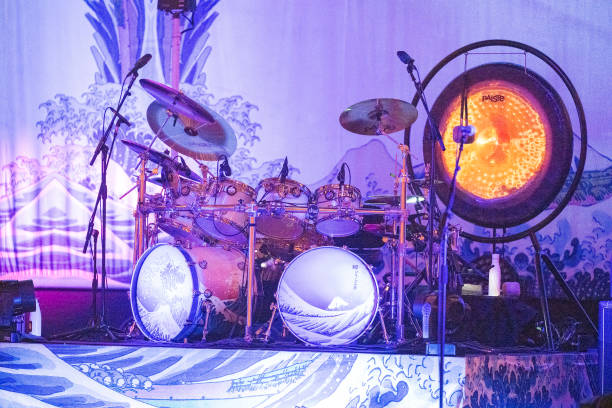Drumming is more than a collection of beats and fills; it is a conversation—an exchange of energy, emotion, and intent. Every stroke on the drumhead, every tap on the cymbal, and every pulse of the bass drum carries a message. It is not just about keeping time; it is about speaking through rhythm, responding to the music, and shaping the soundscape with intention.

A great drummer does not simply play a pattern—they listen, react, and contribute to the dialogue happening within a song. The way a groove unfolds depends not only on technical precision but also on how it breathes and evolves in real-time. The best drummers understand that their role is not to overpower but to enhance, and provide the foundation upon which melodies and harmonies can rest. They know when to push the energy forward and when to pull back, allowing the music to expand and contract like a living, breathing entity.
Drumming is inherently dynamic. It thrives on contrast—between loud and soft, between dense patterns and open space. A single well-placed accent can shift the entire feel of a groove, while a sudden pause can create tension that demands resolution. It is not just about what is played but how it is played. The subtle nuances of touch, the way a stick rebounds off a snare, or the delicate articulation of a hi-hat can add layers of texture and emotion to a performance.
Some of the most iconic drummers in history have mastered this art of conversation. Players like Steve Gadd, known for his understated finesse, weave intricate phrases that seem to dance within the pocket of a song. Tony Williams approached jazz drumming as an abstract dialogue, shaping time with a sense of unpredictability that kept listeners on edge. Even in heavier genres, drummers like Bill Ward and Vinnie Paul transformed raw power into a form of storytelling, making every snare hit and cymbal crash part of a greater narrative.
The ability to communicate through drumming extends beyond live performance. In the studio, drummers leave their imprint on recordings, capturing moments that resonate for generations. A carefully crafted fill or a signature groove can define an entire song, making it instantly recognizable. Whether it is the laid-back swagger of a Ringo Starr beat or the relentless drive of a Dave Grohl rhythm, the personality of the drummer shines through in every note.
At its core, drumming is about connection—between the drummer and the band, between rhythm and melody, between the player and the listener. It is an art form that transcends genres and technical ability, rooted in the primal instinct to communicate through movement and sound. The best drummers do not just play; they speak, they listen, and they create something that lingers long after the final note fades.
